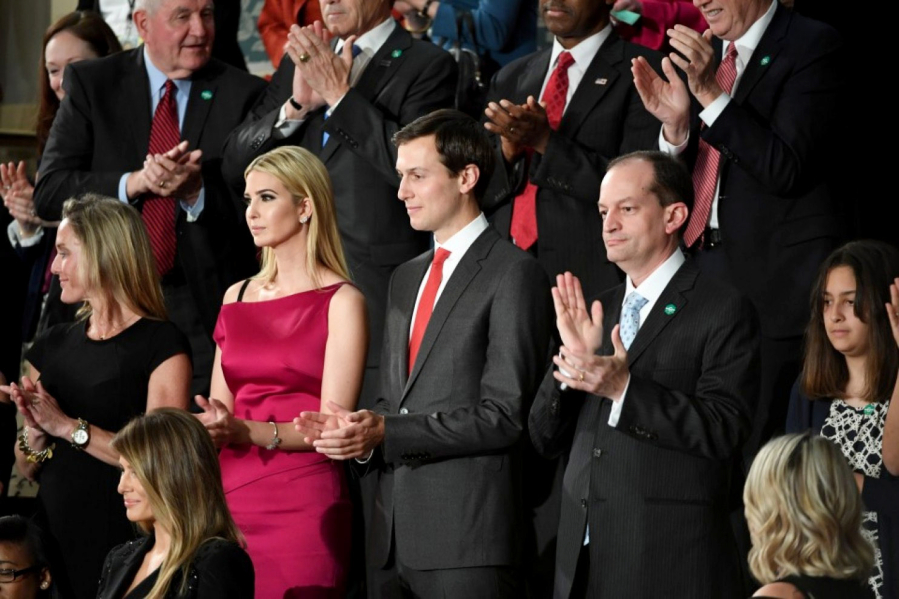WASHINGTON — It’s surprising that in 2017 there are still places in Washington where the powers-that-be feel it’s wise and worthwhile to play fashion police. But up on Capitol Hill, the fashion savants in the House still deem sleeveless dresses, sneakers and open-toe shoes verboten.
A recent story from CBS News has a reporter explaining that she was stopped from entering the Speaker’s Lobby, where journalists often buttonhole members of Congress for interviews, because her shoulders were bare. Men are not exempt from the fashion watchdogs, either. They are expected to wear jackets and ties.
The policy is nothing new, according to some Hill veterans, though enforcement has sometimes been inconsistent. These traditions apply to lawmakers and their staff, as well as journalists — but apparently not to first ladies or first daughters.
These fashion requirements, enforced by security guards, are specific enough that they stir rumblings of sexism but vague enough that they cannot possibly account for the myriad permutations of modern fashion.
What, for example, makes a sneaker a sneaker? Is it the rubber sole, the laces, a Swoosh, the Air Max technology? The modern “sneaker” comes in everything from gold metallic leather to gray wool tweed. Some have wedge heels. Some slide on. Plenty of them look a heck of a lot better than a pair of salt-stained leather loafers that could use a cobbler’s attention — shoes that would not be forbidden in the House.
The crux of the House fashion rules, however, are not really about naked shoulders or tie-less men in shirt sleeves. A statement from House Speaker Paul D. Ryan, R-Wis., decrees that “members should wear appropriate business attire during all sittings of the House, however brief their appearance on the floor may be.” The goal is to show “mutual and institutional respect.”
But what exactly is appropriate? Fifty years, 30 years, 15 years ago, most folks could probably agree on the definition of “appropriate.” There were actual sections in department stores called “career dressing.” People bought “work clothes” and changed out of them when they got home at the end of the day.
And then along came casual Friday, Silicon Valley, telecommuting, the gig economy. Business attire as a mutually agreed upon aesthetic began to disintegrate. The fashion industry declared there were no rules. Moguls began dressing like 12-year-old boys. Women embraced the comfort and ease of leggings. Individuality bloomed.
It’s not that people have forgotten what’s appropriate. They know. They simply choose to ignore it.
The culture has lost another bit of common ground. So wrongheaded people attempt to mandate propriety. And perfectly good fashion takes a hit.



